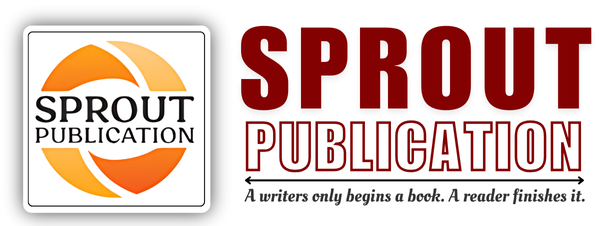Chapter 16: Antipsychotics-II
Chapter 16: Antipsychotics-II
Author: Mr. Ashutosh Jain
Volume: 01
First Online: 31 August 2024
Pages: 209-219
DOI:
Abstract
Antipsychotics encompass various chemical classes, each with unique properties and clinical applications. Fluorobutyrophenones, such as haloperidol, droperidol, and risperidone, are notable for their potent dopamine D2 receptor antagonism. Haloperidol, a high-potency typical antipsychotic, is widely used for treating acute and chronic psychotic disorders, as well as for controlling severe agitation. Droperidol, with similar properties, is often utilized in emergency settings for its sedative and antiemetic effects. Risperidone, an atypical antipsychotic, combines dopamine and serotonin receptor antagonism, offering efficacy in treating schizophrenia and bipolar disorder with a reduced risk of extrapyramidal symptoms. Beta amino ketones, such as molindone hydrochloride, provide another class of antipsychotics. Molindone, a typical antipsychotic, exhibits both dopamine receptor antagonism and modest monoamine oxidase inhibition, useful for managing schizophrenia with fewer metabolic side effects compared to other antipsychotics. Benzamides, exemplified by sulpiride, are unique in their selective dopamine D2 and D3 receptor antagonism. Sulpiride is used for its antipsychotic and antidepressant properties, particularly in the treatment of schizophrenia and dysthymia. Its atypical profile provides therapeutic benefits with a lower incidence of motor side effects. These diverse classes illustrate the broad spectrum of antipsychotic agents available, each tailored to specific clinical needs and patient profiles.
Keywords: Antipsychotics, Chemical Classes, Fluorobutyrophenones, Haloperidol, Droperidol, Risperidone

